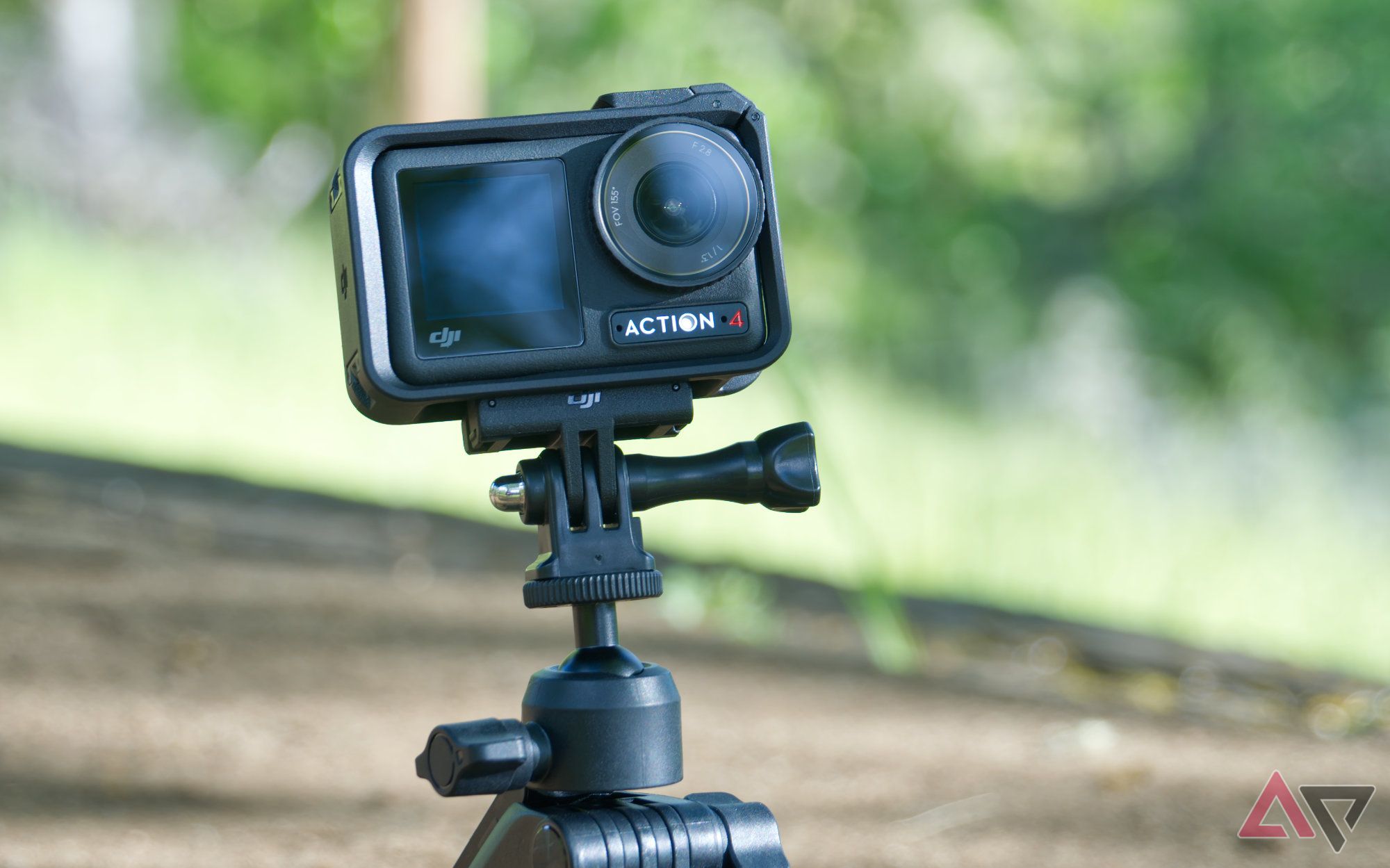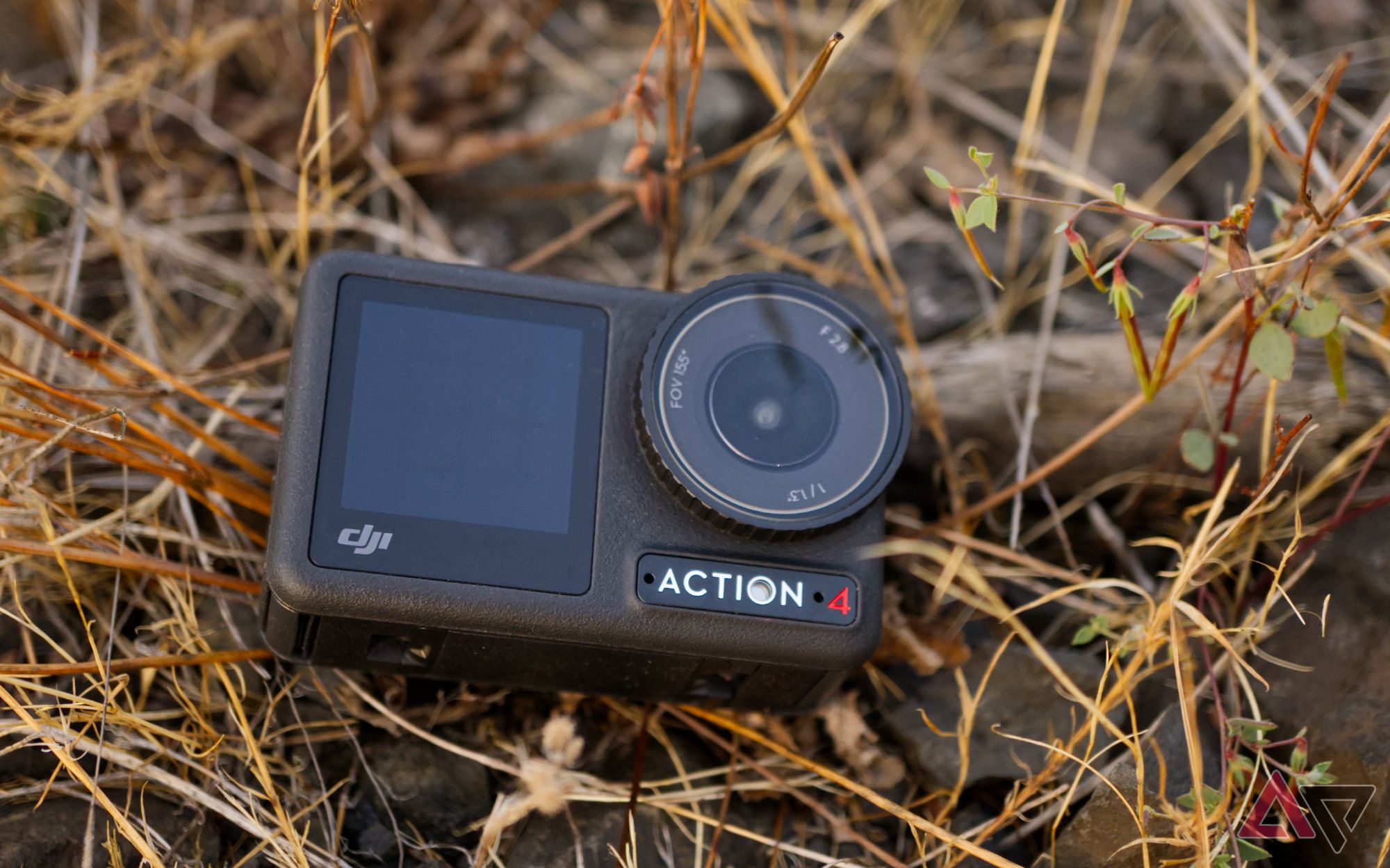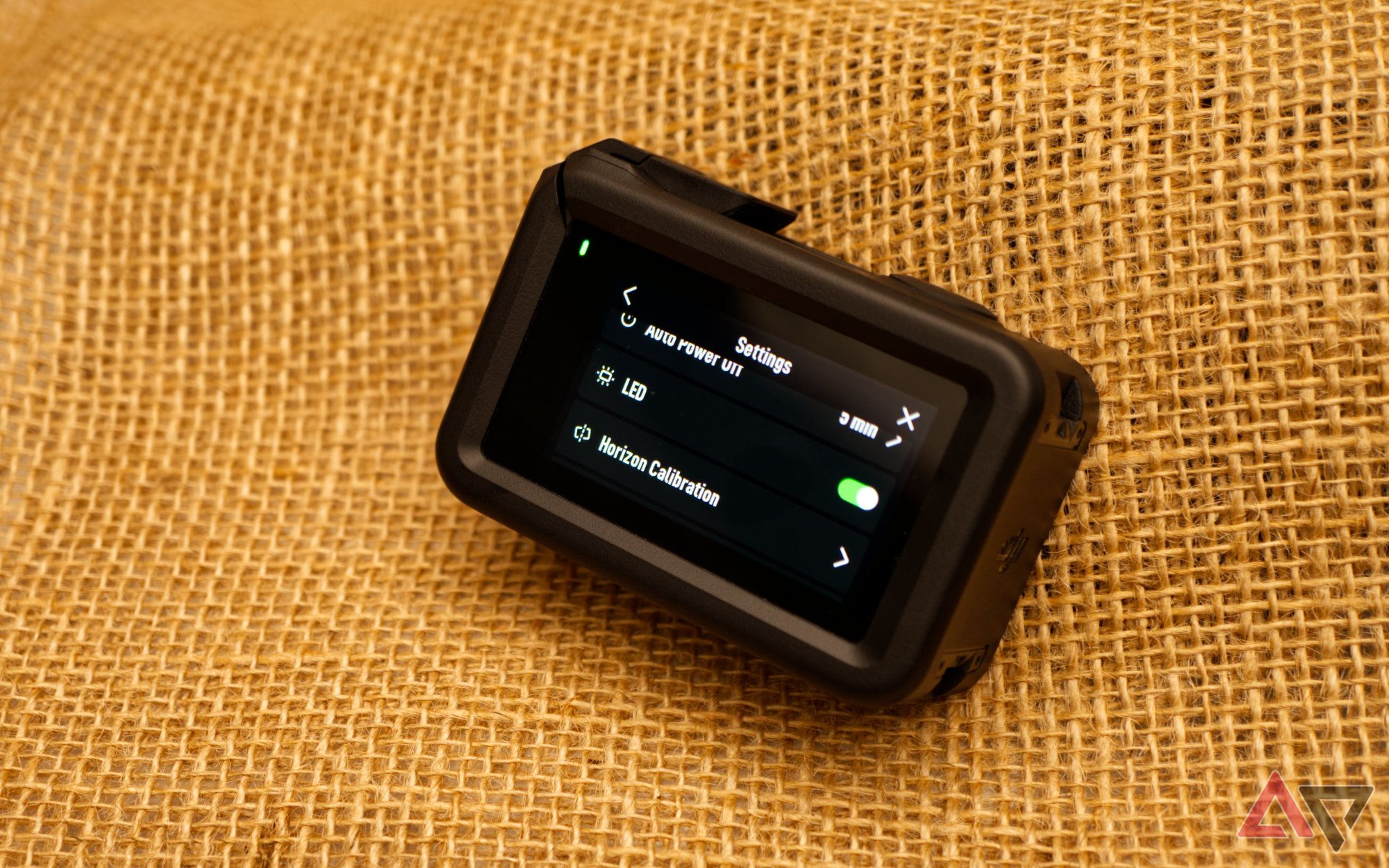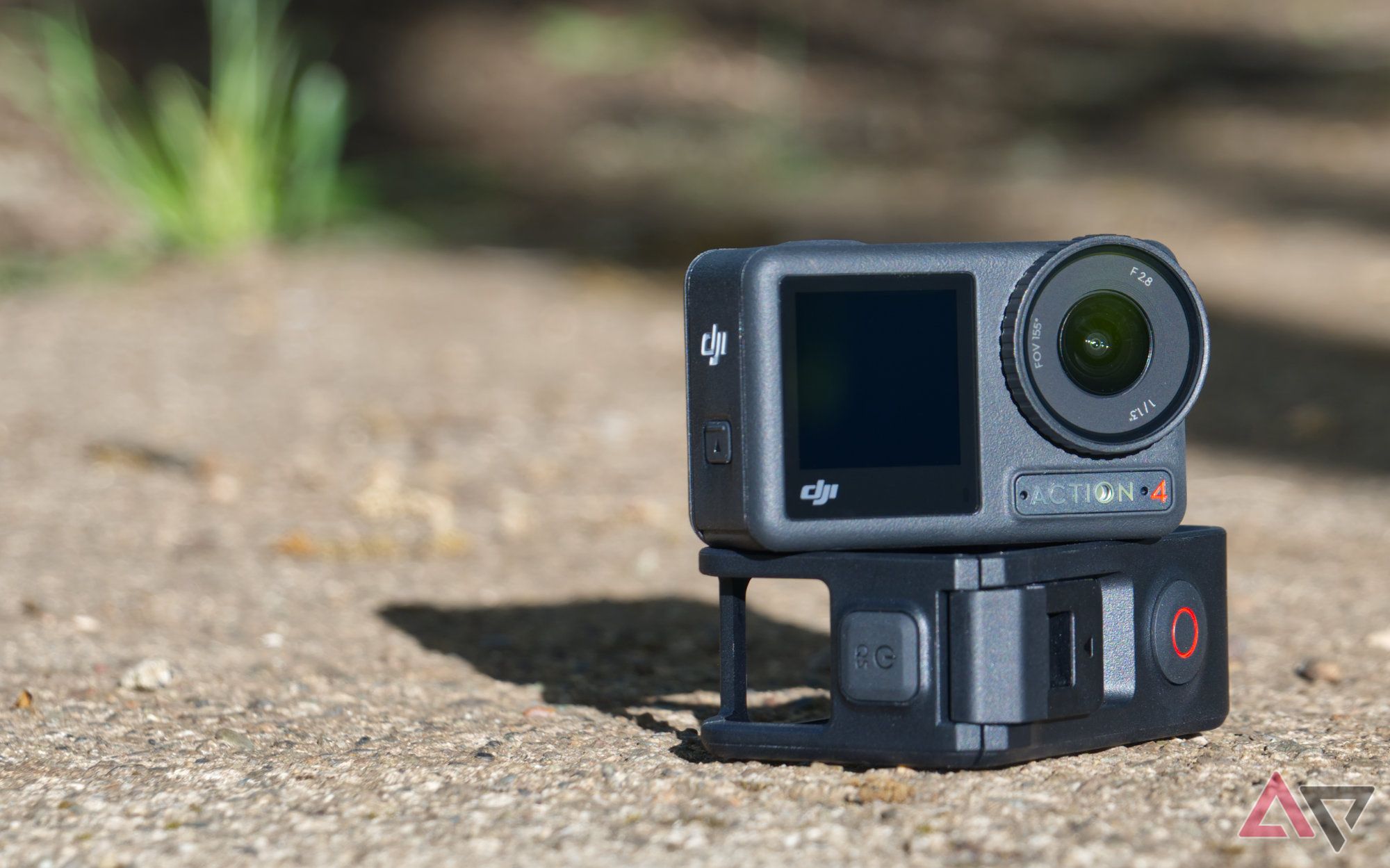While GoPro has been a leader in the action camera game for many years, DJI is putting up a fearsome fight to claim dominance with the Osmo Action 4. It boasts many of the top-tier features of the previous Action 3, including excellent stabilization, solid waterproofing, front and back touchscreens, and great battery life. However, DJI also imbued this model with a larger camera sensor and higher color depth, making the Action 4 a strong contender for the lead.
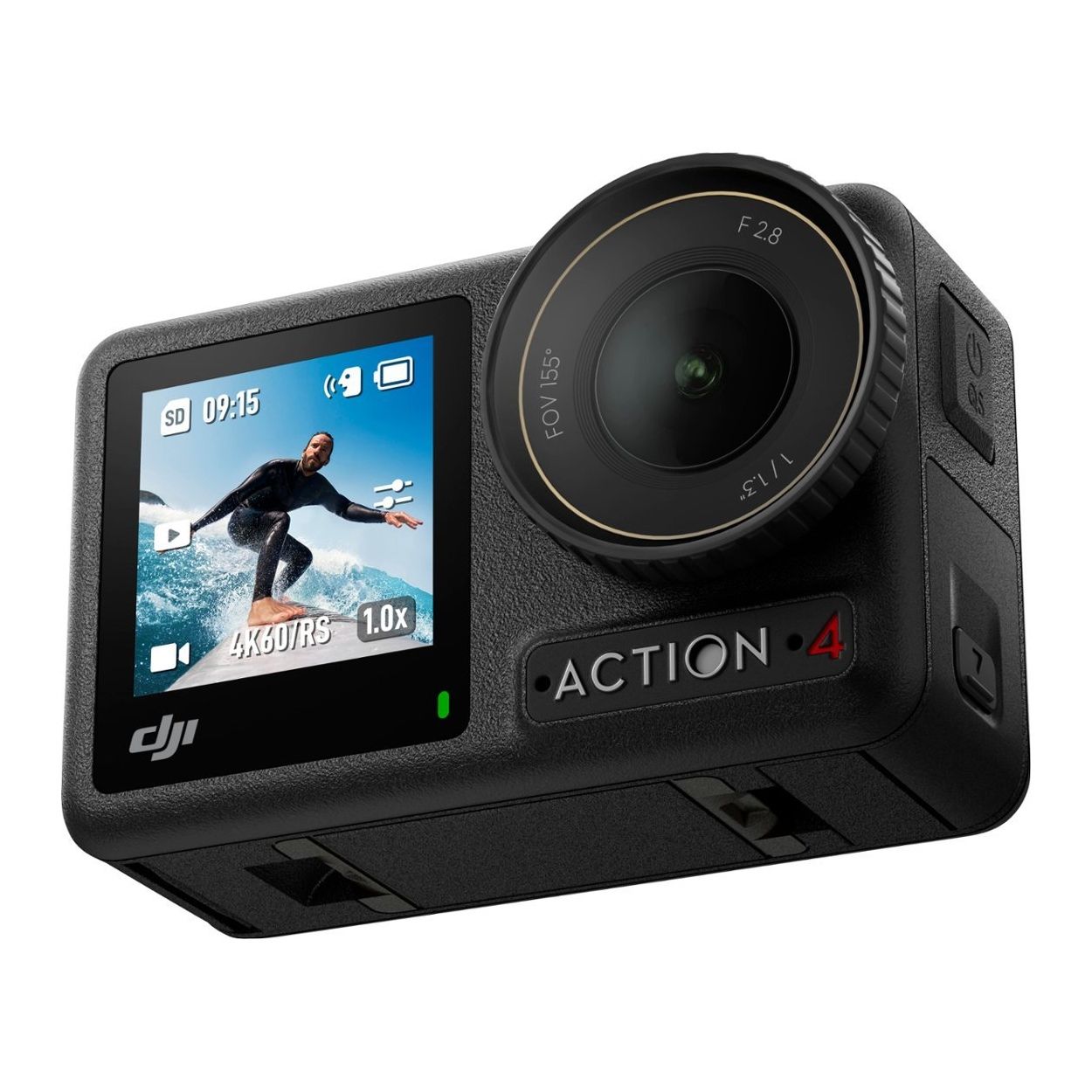

DJI Osmo Action 4
Staff pick
The DJI Osmo Action 4 is an action camera equipped with a 1/1.3-inch sensor that captures 4K at 120fps or up to 240fps in 1080p, all in 10-bit color. It’s packed inside a rugged body that’s waterproof down to 18 meters and magnetizes to metal surfaces or clips onto DJI’s quick-release mount. Several stabilization modes enable shake-free video for anything from vlogging to high-intensity sports.
- Magnetic base can stick to lots of metal surfaces
- Interface is simple to learn and use
- Competitive pricing
- 1/1.3-inch sensor is large for an action camera
- Works as a webcam
- DJI Mimo app is required, must be manually installed
- Mounting requires DJI?s proprietary adapter
Price and availability
DJI makes about a dozen different combo packs with the Osmo Action 4, each containing different accessories designed for certain activities like surfing, fishing, cycling, and vlogging. The lowest price of these is the Standard Combo, which sells for $299 and includes the Action 4 with one battery, a protective frame, quick-release adapter mount and adhesive base with locking screw, USB C-to-C cable, and other simple accessories. None of these kits include a memory card, so be sure to also shop for a good microSD card.
The Osmo Action 4 is available directly from DJI’s website and is widely available at online retailers like Amazon, B&H Photo, and Adorama. Some brick-and-mortar stores like Best Buy may also have it on their shelves.
Specifications
- Brand
- DJI
- Sensor Size
- 1/1.3-inch
- Video Resolution
- 4K (4:3) 3840×2880
- Photo Resolution
- 10MP
- Battery
- 1770 mAh, up to 160 min
- Connection
- Wi-Fi and Bluetooth 5.0 (BLE)
- Size
- 70.5×44.2×32.8 mm
- Weight
- 145g
- Water Resistance
- Waterproof to 18 meters
- Lens
- f/2.8, 155° FOV
- Storage
- microSD up to 512GB
- Microphones
- 3
- Stabilization
- EIS with RockSteady 3.0/3.0+, HorizonBalancing, HorizonSteady
Hardware and design
Yup, it’s an action camera
DJI once tried to break away from GoPro’s standard action camera formula with the Action 2, but that was a short-lived experiment that ended with the Action 3 returning to the tried-and-true design. Unsurprisingly, the Action 4 looks nearly identical to its predecessor, including an all-black body, a full-size touchscreen on the rear, and the camera and a second smartwatch-size touchscreen split the front. There’s also a replaceable lens guard covering the camera.
A record/shutter button resides on the top, and a second button on the side controls power and toggles between customizable recording modes. The battery, memory card slot, and USB-C port are also covered by waterproof doors on either side.
Otherwise, the body is lightweight and feels like it can take some abuse, though the touchscreens are still vulnerable. It won’t protect against everything, but the box includes a shock-resistant case that will help protect most of the body from hard impacts and rough surfaces.
One clear win for the Action 4 is the strong magnet in the bottom. I have no trouble sticking it to just about any ferrous metal surface, and it usually holds firm, even upside down or vertically — though it may still slide down on smooth sides.
For more active situations, a proper mount is necessary. DJI seems determined to push the quick-release magnetic mounts with restraining clips. The camera is naturally attracted to the position on the mount, and a gentle push locks it in place. Unfortunately, this is the only way to firmly mount the camera. There’s no other way to attach it to a 1/4-20 screw or action camera mount without the adapter mount.
I would love to see DJI add either a 1/4-20 screw mount or flip-down action camera legs like the last few GoPro cameras. But if I really had a wishlist item, it’s that Insta360 and DJI would work together on a single standard mount for a universal ecosystem. It’s not going to happen, but I can dream.
Performance and video quality
Bigger sensor and bigger bit depth
The Action 4 gained several notable improvements over the previous generation, but the two that stand out head and shoulders above everything else were a step up to a 1/1.3-inch camera sensor and a push to 10-bit color for both the Normal and D-Log M color profiles.
The new 1/1.3-inch sensor is larger than most action cameras, which tend to be in the neighborhood of 1/2-inch sensors. As a result, low-light performance is generally better and should produce less noise and more detail at higher ISOs.
Raising the color depth to 10-bit probably won’t matter to most people, though it should eliminate color banding in skies and other gradients. However, this is great for anybody who grades their footage, especially on a flat color profile like D-Log M, where it’s possible to get a more dynamic range.
Every major modern action camera offers good stabilization, and DJI doesn’t disappoint. There are a few modes for general stabilization and horizon leveling, so you can choose the type that suits the situation. I’m not sure how much these have improved since the Action 3, but they’re remarkable with everything I’ve thrown at them.
But if I’m looking for something to complain about, it’s that I have been a bit spoiled by the post-processing capabilities Insta360 offers with some of its cameras. For example, FreeFrame mode on the Insta360 Go 3 can be loaded up by the mobile app or Insta360 Studio on a desktop, and the leveling modes can be applied in post.
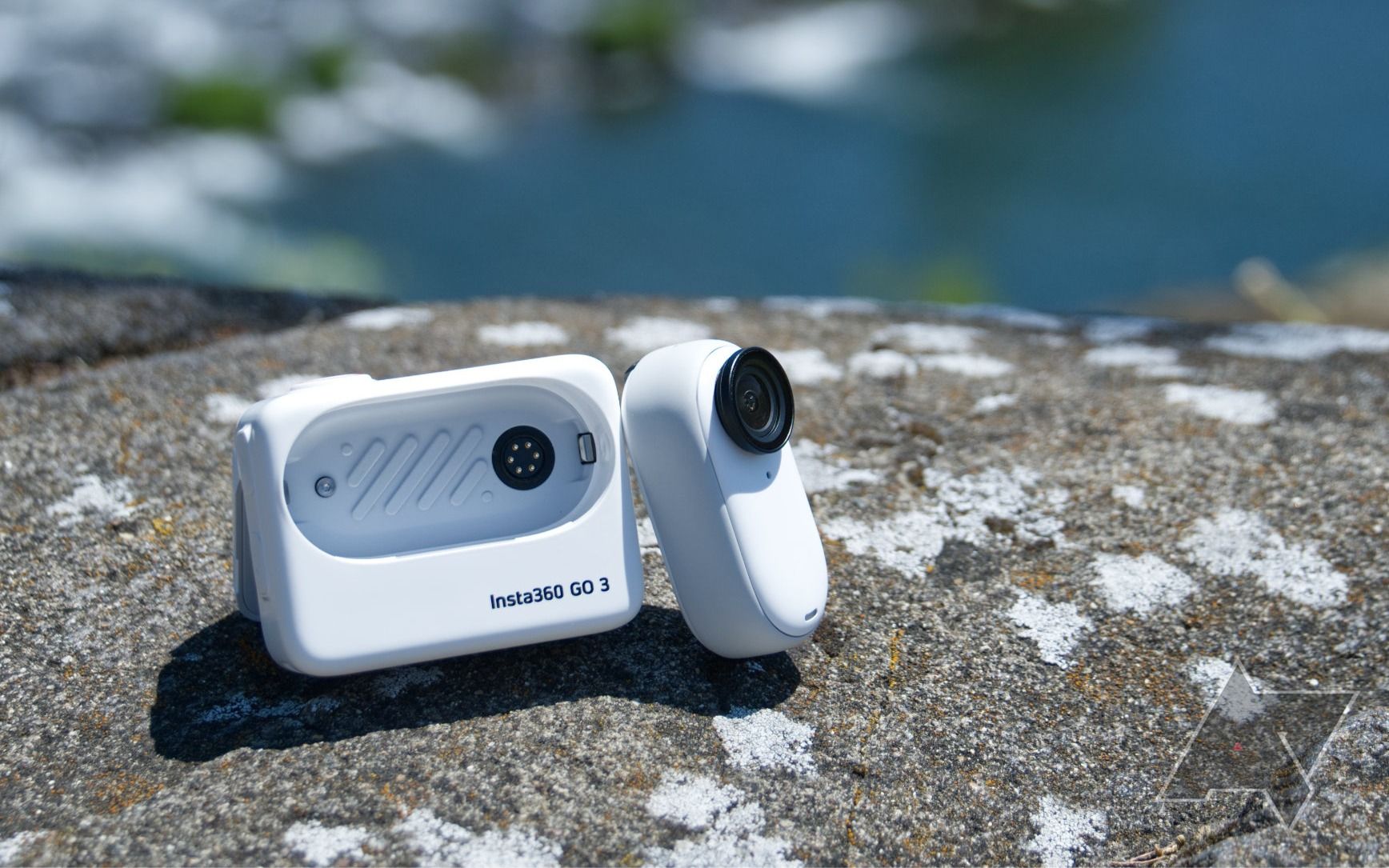
Insta360 Go 3 review: Small camera, big possibilities
The Action Pod is a genius upgrade to the previous generation
Sound quality from internal mics is pretty good, nearly rivaling the Pixel phones, though it’s more susceptible to wind noise and loud environments. As of the Action 4, DJI now supports plugging in a USB-C microphone; no dongles or add-ons are required. Bluetooth earbuds also work, but I found that they don’t have the best range or reception, so you have to stay fairly close.
Software
Simple where it counts
Interface performance in the camera is perfectly acceptable, though I wouldn’t say it’s always smooth. Tapping buttons or dragging out panels will show little moments of jank, but not enough to be problematic. There is also a roughly one-second delay at the start of recordings, but I’m probably not doing anything during that time anyway.
There aren’t many advanced features or options, but I’m inclined to label that as a feature because it’s uncluttered and easy to operate. I don’t want that in a DSLR, and only sometimes in my phone, but it’s great for an action camera. I really don’t want to spend a lot of time fiddling with settings here.
There aren’t many advanced features or options, but I’m inclined to label that as a feature because it’s uncluttered and easy to operate.
DJI’s Mimo app is a very mixed bag, at least on Android, and I think it’s time to call this out. The first complaint stems from simply installing the app. For reasons that aren’t entirely clear, DJI has insisted it can’t publish updates to the Google Play Store or even Amazon’s Appstore, citing technical incompatibilities. This used to be attributed to an outdated software library, but more recently, blame turned to some other niche details. I can only say that Insta360 and GoPro don’t have this problem, so I have trouble believing DJI can’t sort it out. Regardless, the result is that users have to manually download the Mimo app from DJI’s website.
Once you install the app, it’s very similar to the companion apps from GoPro and Insta360. It includes a remote viewfinder with controls, a decently functional video editor, and a simple social(-ish) networking service for sharing and watching videos posted by other people. It’s polished and modern, with DJI’s aesthetic.
Battery and charging
Fast charging wins every time
According to DJI’s estimates, each battery should be able to last up to 160 minutes on a full charge—but that’s while recording 1080p@24fps, with no stabilization and the display off. In my time mostly recording 4K@30fps, I was getting around 75 minutes.
It’s possibly more important that a good fast charger can refill a battery up to 80% in just eighteen minutes. This blows away GoPro’s slow battery charging, which takes upwards of two hours. DJI also has an incredibly handy battery case for storing and charging batteries, available separately or in the Adventure Combo.
Competition
Plenty of action cameras are out there, but most are no-name brands or one-off projects from brands new to action cameras, so their stabilization and durability may not be as reliable. DJI stands among two other names at the top: GoPro and Insta360.
Of course, GoPro is the long-reigning king of action cameras, so the features have been battle-tested, and everything is carefully tuned. However, the Hero 12 Black still has some trouble with overheating, and the slow charging rate can be a drag. The smaller camera sensor also hampered it a bit. DJI also beats GoPro in price at $299 vs. $349.
Insta360 is arguably a newcomer to action cameras with the Ace and Ace Pro, though it has dabbled with the form factor in the One R and made cameras with most of the same capabilities (e.g., Go 3 and X4) for many years. The lower-spec Ace camera matches the Osmo Action 4 price but uses a smaller sensor. The Ace Pro is a near-perfect match for specs, but it’s $100 more.
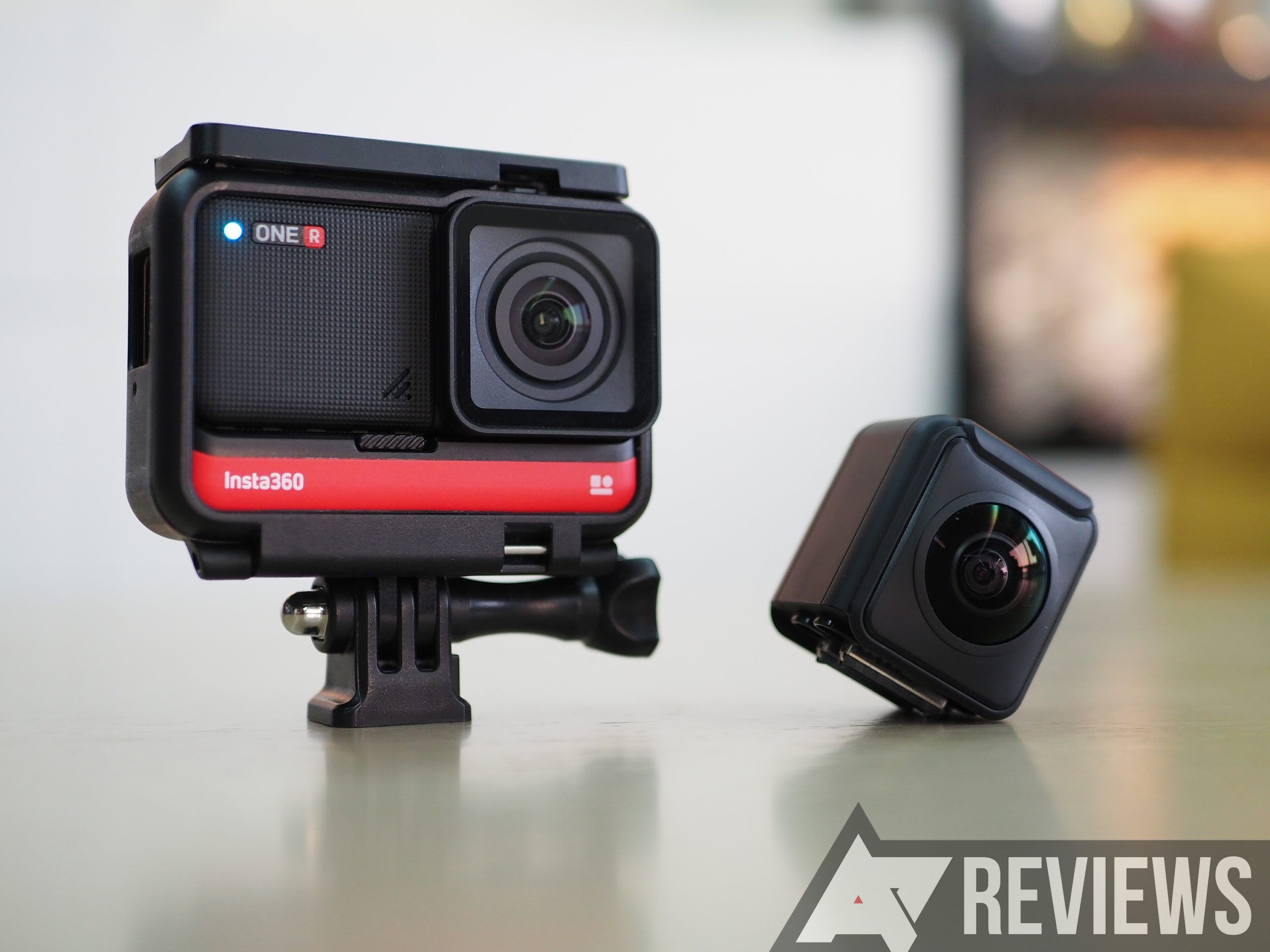
Insta360 One R review: A clumsy but fun and ambitious all-in-one cam
It’s a 360 cam! It’s an action cam! It’s all of the above!
Should you buy it?
DJI is clearly vying to become the new frontrunner of action cameras with the Osmo Action 4. The specs are on point, and the numerous improvements are a clear response to users’ issues with the previous generation. Plus, the price of $299 is really hard to beat, especially given some superior specs.
With that said, not everything is perfect. The proprietary mount immediately comes to mind. Jank in the interface and some occasional frustrations with the Mimo app feel unpolished and lacking in maturity. But most of these probably aren’t de.

DJI Osmo Action 4
The DJI Osmo Action 4 is one of the best action cameras on the market and excels in low-light conditions. It’s versatile, easy to use, and very competitively priced for its quality.
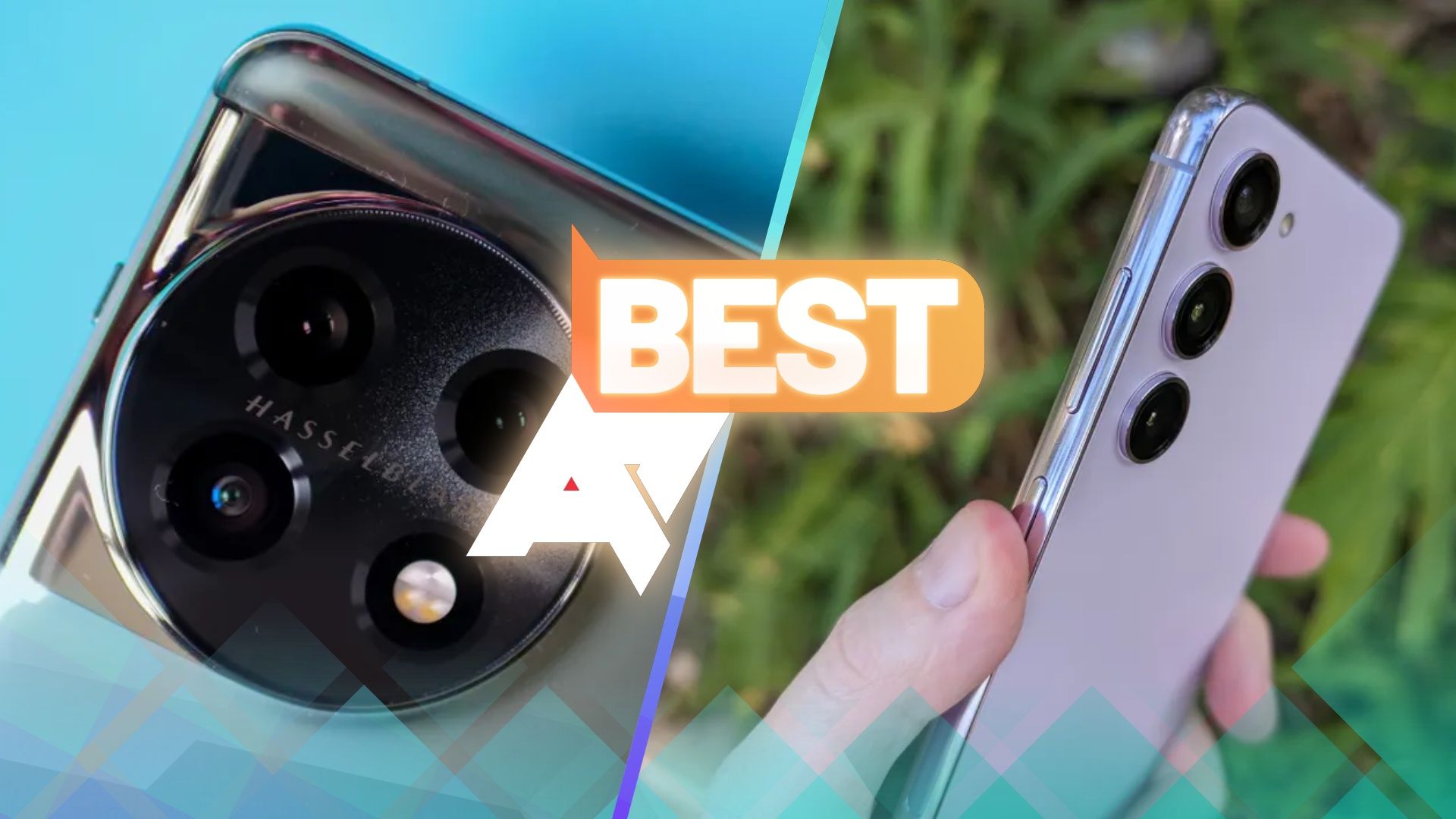
Best camera phones in 2024
Do people even use smartphones for making phone calls anymore?
Source link

